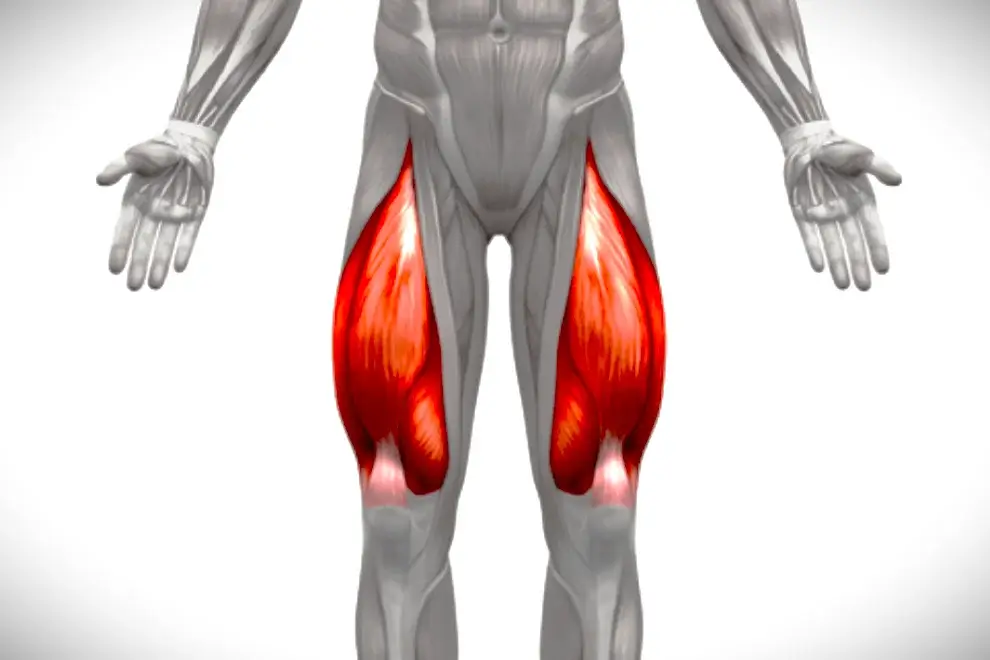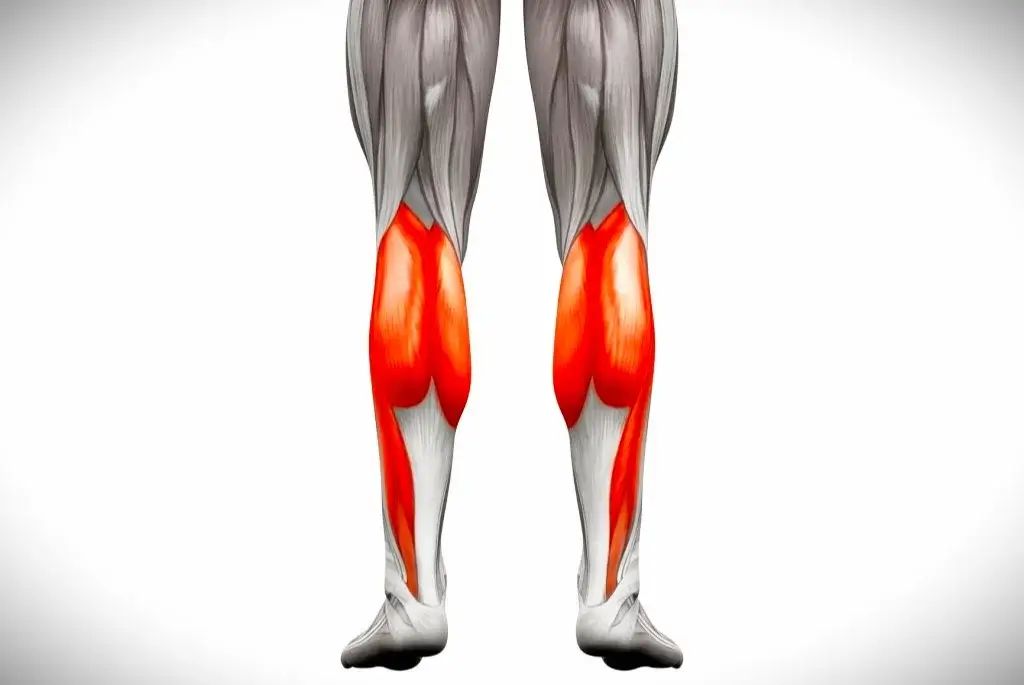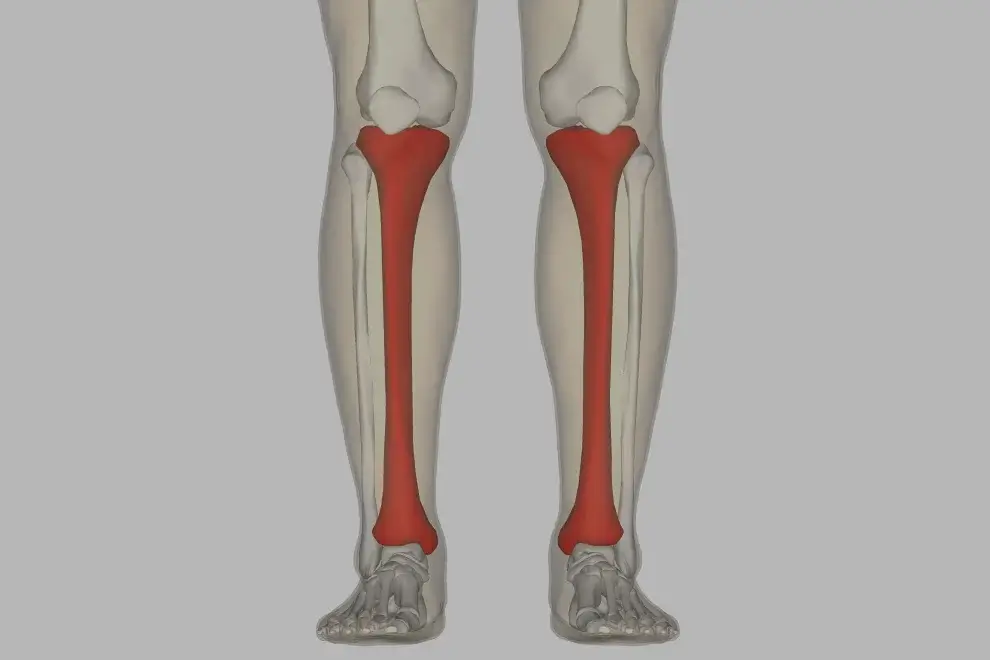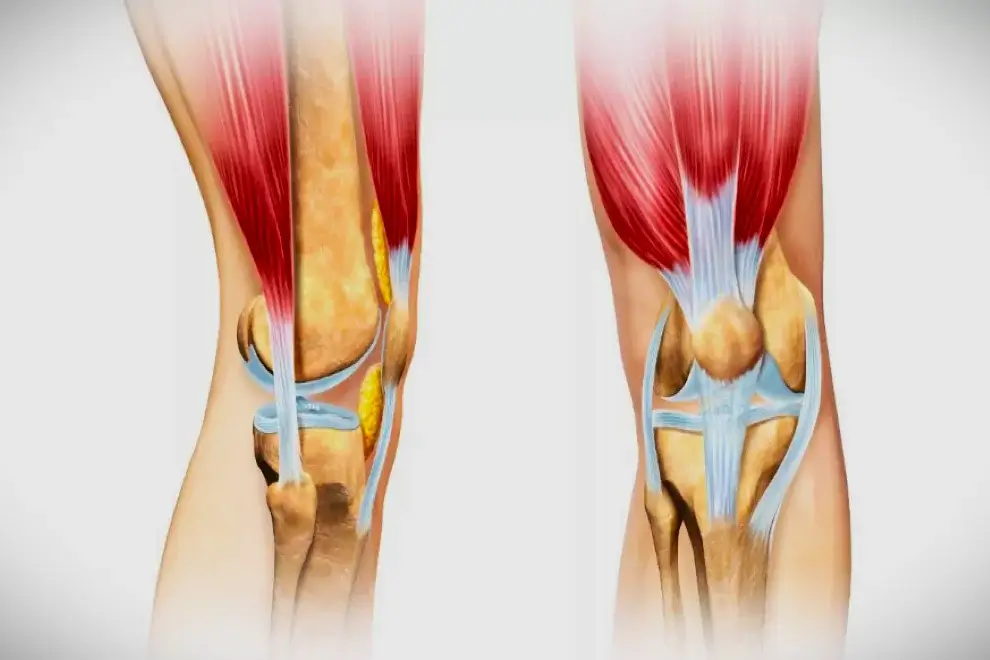Introduction
Hiking is a delightful method to get your heart rate up and work your lower body muscles by enjoying beautiful nature. Hiking is not only a great cardio workout, but it’s also a great way to tone your lower body muscles.
You can feel the burn in your quads, hamstrings, and glutes after a good hike as you hike up and down hills or mountains. Today, you’ll learn about – why is hiking such a complete lower body workout.
Why is hiking such a complete lower-body workout?
Hiking is a complete lower-body workout that engages nearly every muscle group in the hips, thighs, and calves. Because hiking requires us to use our legs and feet to move up and down trails or mountains. It works the large muscles in these areas, including the Quadriceps, Glutes, Hamstrings, Calves, Lower Back, Inner Thighs, Outer Thighs, and Hip Flexors.
In addition, hiking demands the constant engagement of smaller stabilizing muscles in the lower body that are often neglected during gym workouts. For example, stepping over fallen tree branches or clinging to rocks requires balance and coordination. Thus, by getting out into nature for some vigorous hiking adventures, you can give your whole lower body a complete workout that will result in stronger muscles and improved fitness overall.
Some areas in our body, including the Quadriceps, Glutes, Hamstrings, Calves, Lower Back, Inner Thighs, Outer Thighs, and Hip Flexors – where hiking engages a lot of muscles are explained below.
Glutes

Hiking is a complete lower-body workout that builds up your glute muscles. This is because hiking involves lots of stair climbing and descending, all of which place a lot of strain on the glutes. In addition, uphill hiking can be effective at activating the muscles in this area, as it requires more intense use of the legs and hips to climb large heights.
By constantly adjusting our speeds and positions on a hike, we can fully engage our gluteal muscles as we climb over rocks, roots, hills, or other obstacles in our way.
Quadriceps

Quadriceps are known as quads. They are located at the front of the thighs. The quadriceps are the strongest and largest muscles in the human body. These muscles keep your knees stable and provide your legs the power to run, walk, swim, etc.
Hiking is a great way to strengthen your lower-body muscles, especially the quadriceps. Whether hiking on flat terrain or tackling more challenging hills and trails, hiking challenges and tones your quads, giving you a complete lower-body workout.
Hamstrings

Hamstrings play a crucial role in complete lower-body workouts, as they are responsible for creating force and drive in nearly every type of lower-body movement.
Whether you are hiking, biking, or climbing stairs, your hamstrings support and enable the movement of your lower body. Strong hamstrings also help stabilize and protect your knees from injury by improving their overall flexibility and stability.
Hiking is an effective way to increase the strength of your Hamstrings muscles. Unlike many other types of exercise, hiking involves complete activation of the Hamstrings as you navigate uneven terrain, climb steep inclines, and descend gentle slopes. As a result, hiking ensures that Hamstrings are strengthened over time.
Calf/Calves

Some people know it as calf muscles, and some know it as calves muscles. Your calves muscle consists of two key muscles — the gastrocnemius and the soleus. Despite the fact that these two muscles attach to the Achilles tendon, some providers refer to them as a single large muscle with two parts.
Hiking is a great way to build lower body strength and tone your Calves muscles. While hiking, your lower body is constantly engaged as you pick up and move your feet. And with each step, you are working your core, activating and strengthening the calves’ muscles.
Lower Back

The lower back area is called as Lumbar Spine. The lumbar spine is the region of your backbone located in the lower back. There are five bones in the spine (L1-L5). There are also intervertebral disks, spinal cords, nerves, muscles, tendons, and ligaments around the lumbar spine.
Hiking is an excellent method to get exercise and improve lower body strength. Whether you’re heading out on the trails for a day-long hike or just going for a quick stroll around the block, your lower back muscles will get a good workout.
Furthermore, regular hiking has been shown to have additional benefits for lower back health. Studies have found that individuals who frequently hike tend to have stronger lower back muscles and less lower back pain than those who don’t engage in this activity.
Inner Thighs
Muscles in the inner thigh are called adductors. There are five different muscles in them. They are attached to your pelvis (hip) and femur (upper leg). Besides helping you move safely, your adductors are crucial to stabilizing your hips, knees, low back, and core.
Hiking engages the muscles in your Inner Thighs area to make you stronger. Regular hiking can also help to tone and sculpt the inner thigh area, resulting in firmer and leaner legs.
Outer Thighs
Outer thigh muscles are responsible for pulling your legs away from your center of gravity to maintain stability at the knees and hips. Therefore, hip abductions are not only beneficial for getting a stronger and sexier outer thigh but can also help you stay balanced and stable.
Hiking is a highly effective lower-body workout that has been found to have many benefits for the muscles of the Outer Thighs region.
Hip Flexors
A group of muscles in the hip flexors will allow you to bend your hips or bring your leg upwards. The primary hip flexors are the major psoas and the iliacus, which are often called the iliopsoas. Psoas muscles originate from the lower six vertebrae of the spine.
Hiking is a great way to exercise and keep your Hip Flexors strong and healthy. As you trek through varying terrain, you constantly have to engage your stabilizing muscles to stay steady on your feet.
Does hiking Strengthen lower-body Bones?
Hiking is a great way to strengthen your lower-body bones. This exercise is particularly effective at building and maintaining strong, healthy bones in Shins, Ankle Complex, Knee Complex, and Hip Joints.
Hiking requires you to engage all of the muscles in these areas as you move uphill and downhill through various terrains. For example, as you hike, you are constantly using your leg muscles to apply pressure on the hiking poles or hiking boots that you are using for support.
Some lower-body bones, like the Shins, Ankle Complex, Knee Complex, and Hip Joints, are explained below.
Shins

Shin’s bones are called tibias. This bone is the second longest in your body, and it contributes to your ability to stand and move. Your tibia also supports lots of important muscles, tendons, nerves, and ligaments.
Not only does hiking help to strengthen your legs and core muscles, but it also works the bones in your feet and lower leg, strengthening the shins area
You are putting stress on your lower body through hiking, which helps build up more dense bone tissue. This allows your shins area to function fully and become stronger over time.
Ankle Complex

The ankle joint complex comprises the lower leg and the foot. It forms the kinetic linkage allowing the lower limb to interact with the ground, a key requirement for gait and other activities of daily living.
Hiking is an excellent activity for strengthening the ankle complex. It requires hiking up and down uneven terrain and engaging critical muscles in your feet and lower legs. This dynamic exercise helps build and strengthen the bones, tendons, and ligaments in your ankle complex, providing support and stability to this important part of the body.
Knee Complex

The knee is the joint that connects the bones of the upper and lower leg. It is needed for any form of movement – such as running, cycling, or swimming. The knee is the body’s largest joint and has a fairly complex structure.
Hiking is one of the best forms of exercise for strengthening and conditioning the knee complex. This is because hiking involves a lot of uphill and downhill movement, which places significant stress on the muscles, tendons, and bones in the legs.
As we traverse hills and mountains, our body has to work harder to keep us balanced and maintain the proper posture, putting our knees under continual strain.
Hip Joints

The hip joint connects the lower extremities and the axial skeleton. The femoral head is the center of the entire axis. The transverse axis permits flexion and extension.
Hiking is a great exercise to get strengthen your hip joints. Hiking requires you to use your bones, muscles, and joints to propel yourself forward.
As you hike through varied terrain, you constantly put pressure on your legs and hips to maintain balance and coordination. This continuous movement strengthens and tones the hip joint muscles, improving their stability and flexibility.
Does hiking Involve Various Sorts Of Training?
Hiking provides numerous health benefits. Hiking involves various sorts of training, including cardiovascular exercise, Strength Training, Balance And Agility, Flexibility, and endurance building.
Regular hiking trips can improve your overall fitness levels and reduce your risk of cardiovascular disease and other common health issues. Some sorts of training that are involved with hiking are explained below.
Strength Training
The benefits of strength training include weight loss and increased metabolism, which help you burn calories more quickly. Enhance your quality of life. Exercise can enhance your quality of life and your ability to carry out everyday tasks. Your joints can also be protected from injury by strength training.
Hiking is a great way to get strength training. This activity is particularly beneficial for those interested in strength training, as hiking involves engaging the entire body and using a wide range of muscle groups.
Cardio
Hiking is an excellent form of exercise with numerous cardiovascular health benefits. In addition, research has shown that hiking can improve cardio more effectively than traditional aerobic training forms, such as running or cycling.
Hiking involves many movements and muscles simultaneously, engaging both the upper and lower body.
Balance And Agility
There is some evidence that hiking can improve Balance And Agility. For one thing, hiking involves a lot of lower-body exercises like running, hiking uphill, or stair climbing. These activities can help to develop strength in the lower body, leading to better balance and coordination.
Additionally, hiking can be challenging both mentally and physically. This mental stimulation can enhance cognitive flexibility and promote quick decision-making skills, which are essential for maintaining good balance and agility.
Overall, there is strong evidence that hiking positively impacts balance and agility and may even be an effective form of training for these areas. So ook no further than hiking for a fun and effective way to stay fit and boost your overall health and well-being!
Flexibility
Hiking has been found to increase flexibility in a number of different ways. For example, hiking regularly can improve your range of motion within your joints, giving you more freedom to move.
Additionally, hiking engages and strengthens a wide range of muscle groups in the legs, hips, and core areas. This helps to promote better posture and greater flexibility in those areas. Overall, hiking is an excellent way to promote improved flexibility, fitness, and well-being.
FAQ Section
Is hiking considered a full-body workout?
Yes, hiking is definitely considered a full-body workout. With its combination of aerobic activity and resistance training, hiking provides many benefits for your physical and mental health.
Does hiking build bigger legs?
Many people believe that hiking is an effective way to build bigger, more muscular legs. The reason for this is that hiking requires a combination of strength, endurance, and flexibility. In addition, hiking involves hiking uphill, which increases the demand on your lower body muscles, particularly your quads, hamstrings, and calves.
Does hiking build more muscle than running?
There is some debate over whether hiking or running is a better workout for building muscle mass. Some people believe that hiking is more effective than running because it involves more resistance training. For example, hiking uphill requires you to use your muscles to climb against gravity.
However, running also has many benefits for muscle growth. It is a high-intensity cardio workout that increases the blood flow to your muscles. Ultimately, combining different exercise routines is the best way to build muscle mass, so why not try hiking and running and see which works best for you?
How long does hiking take to tone legs?
Many people saw their results within one month. However, most experienced hikers say it can take one or two months if you hike for around 30-40 minutes per day to tone your legs.
Ending
Okay! So, you have got a proper idea about why is hiking such a complete lower body workout. If this blog post helps you, share it with your friends. And let them know about this task. Enjoy Hiking!


